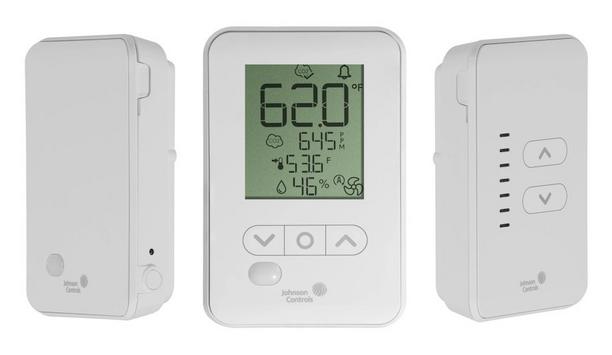UV Resources, UV-C decontamination, and HVAC efficiency solutions announced that its airstream disinfection systems have been certified by Intertek to meet UL-2998, a zero-ozone verification standard.
Operating below requirements
The UL-2998 standard reaches beyond enforced limits to ensure the company’s 253.7 nm germicidal UV fixtures operate significantly below federal ozone emission requirements in the U.S. and Canada, including those from U.S. Environmental Protection Agency (EPA), U.S. Food and Drug Administration (FDA), National Institute for Occupational Safety and Health (NIOSH) and the U.S. Occupational Health and Safety Administration (OSHA).
UL-2998 Certification
UL-2998 ozone emission standard is 10-times less than current levels permitted under UL-867 With this independent, third-party verification, UV Resources has demonstrated that its popular RLM Xtreme™ airstream disinfection system meets ozone emission concentration limits of less than 0.005 ppm (5 ppb).
The UL-2998 ozone emission standard is 10-times less than current levels permitted under UL-867, which allows ozone production concentrations of 0.05 ppm (50 ppb).
Safe ozone levels
The American Society of Heating, Refrigerating, and AirConditioning Engineers (ASHRAE) Environmental Health Committee suggests that “safe ozone levels would be lower than 10 ppb” (0.01 ppm) and that “the introduction of ozone to indoor spaces should be reduced to as low as reasonably achievable (ALARA) levels.”
Lamps improve IAQ
“UV-C lamps operating at the 253.7 nm wavelength do not product ozone, and that’s been true since the 1930s,” explains Dan Jones, president of UV Resources.
“However, we wanted to make this obvious fact explicit, by having our most popular airstream disinfection system independently tested by Intertek. We want UV Resources’ customers to have no doubt that our products do not produce ozone.”
The new validation can help facility managers, building engineers and HVAC contractors identify products that improve indoor air quality (IAQ), without producing hazardous secondary chemicals or byproducts such as ozone.
Why Zero-Ozone Emissions?
Ozone (O3) is a toxic gas that can cause respiratory tract irritation, asthma, and even permanent lung damage. Also known as Vacuum Ultraviolet (UV-V), the ozone molecule contains three (3) oxygen atoms – and as such, it has a destabilizing effect on oxygen (O2) in the air, leading to its danger to humans.
Ozone can be created by disrupting the O2 molecule and splitting it into two oxygen atoms, which then attempt to attach to other oxygen molecules. Ironically, germicidal UV light in the 240-315 nm wavelength range will break this third oxygen atom attachment and convert it back to oxygen.
UV Resources, and most reputable UV-C fixture manufacturers, use lamps that operate at the 253.7 nm wavelength, an electromagnetic level that will destroy ozone
















